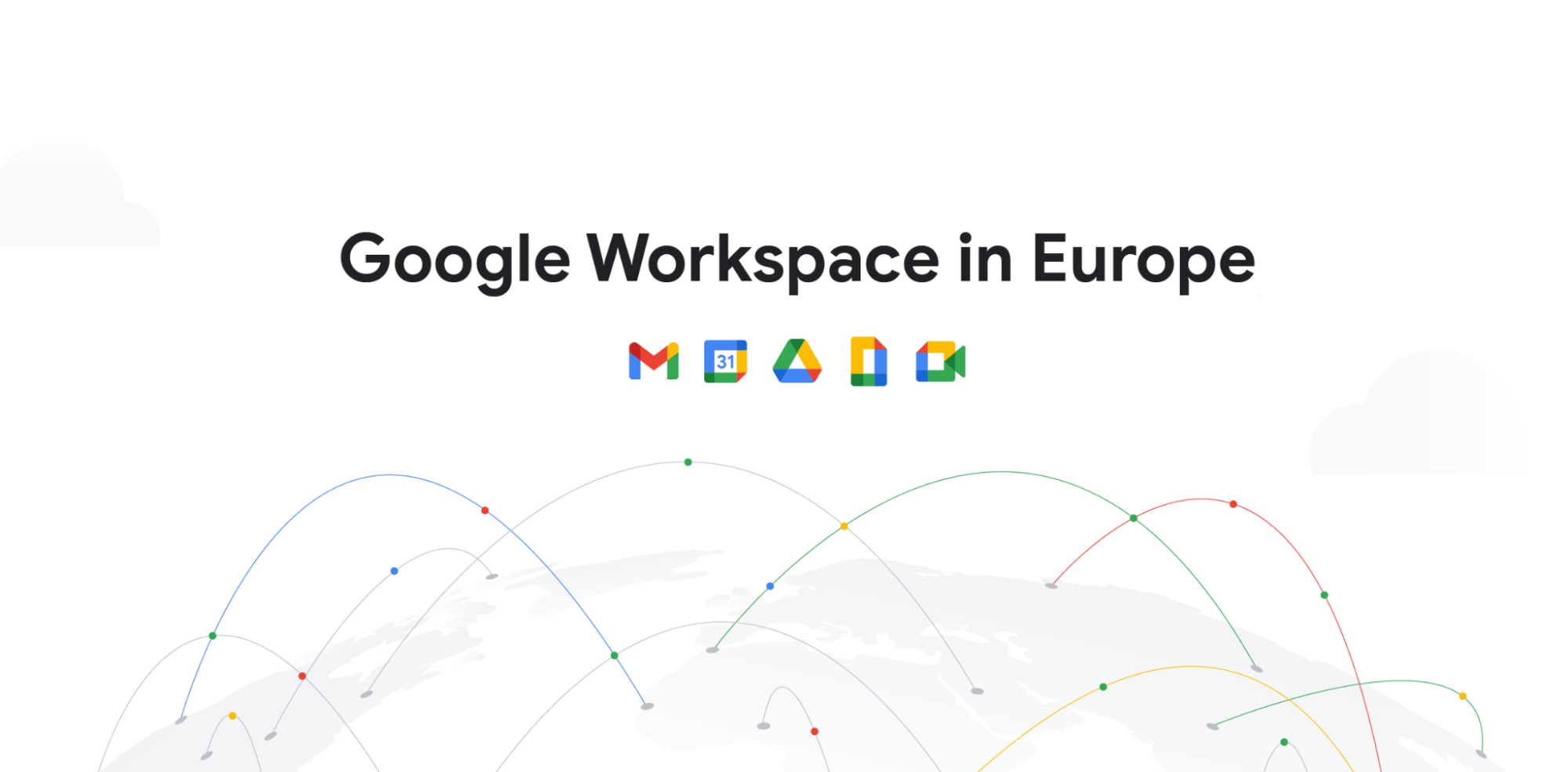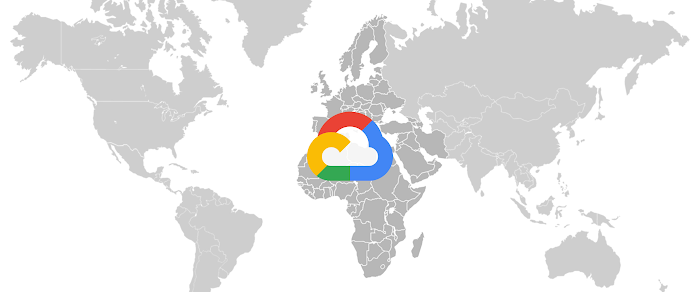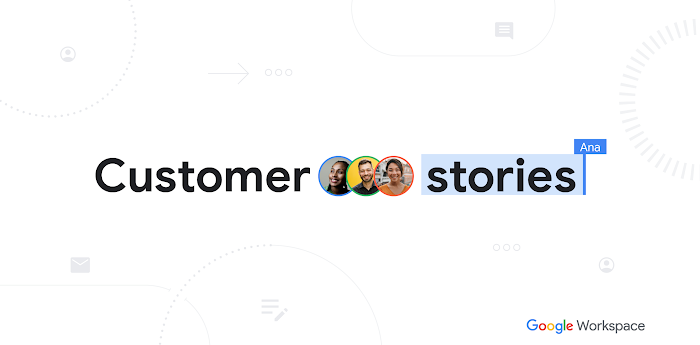The five challenges that keep HR departments awake at night

Michael Brenzel
Chief Workspace Evangelist, Google Workspace
“Change is the only constant.” This phrase has never been more apt. After millions of organizations rapidly adjusted how they worked three years ago, change has been the steady companion of almost every business. Even now, many employees and leaders are unsure if their organizations will favor remote, in-person, or hybrid working one or two years from now. Let alone five or ten.
During this period of remarkable flux, HR leaders have stood out as stewards of adaptation. And it’s become clear that success depends on far more than technology. Instead, success is distilled from a blend of the right skills, structures and culture, supported by effective digital tools.
To shine a spotlight on the top challenges European HR teams face, we partnered with market intelligence company IDC to analyze the landscape. Here are the five challenges we’ve found that are keeping HR leaders awake at night.
1. The skill gap
A shortage of the right talent limits any organization’s ability to achieve its goals. According to IDC, IT talent shortages in particular will affect 90% of European organizations by 2025, costing around €191 billion. Thankfully, smart cloud-based digital tools can relieve some of this pressure by allowing employees to connect, create and collaborate—from anywhere—without specialist technical knowledge. These tools, including apps built with no-code and low-code technologies, put IT and communications in the hands of the users, where they can be put to work easily and immediately.
2. The Great Resignation
The upheaval of a global pandemic and widespread lockdowns resulted in a surge of resignations. People re-assessed their jobs and decided to make a change—and this may continue for some time. The top reason for moving is a pay rise, but according to IDC, 42% of employees are also looking elsewhere for a better workplace experience.
Better teamwork and work-life balance play a role, as does the ability to actually get work done. Which is probably why almost half (44%) of HR professionals report that they’re upgrading their teamwork and collaboration technologies.
3. Rigid organizations
It’s impossible to get or stay ahead of the competition without being adaptable. Yet 60% of European companies are still organized rigidly. With teams working in silos, collaboration lags. But if we can make it easier to collaborate between (and inside) departments then it’s easier to shrug off the rigid structures that also limit innovation and growth. The right solutions can drive agile teamwork: bring the right content and easier connections to employees, and they won’t spend their time chasing meetings and co-ordinating between silos.
4. Traditional working model
A vast number of employees, managers and organizations favor a hybrid working model. Right now, a third of European employees are working this way, according to IDC. But security concerns, connectivity issues and teamwork difficulties can all present obstacles to smooth remote work. Particularly when trying to retrofit existing technologies for remote use. Many workers will be familiar with the process (and pains) of using a VPN to connect to the company network.
Now, we have tools that were built for remote work. They were designed to run natively and securely, in the cloud, so you and your teams can work on any device, anywhere.
5. Disconnected workforce
A quarter of employees feel disconnected from their organizations. They may not trust the organization’s leadership any more. They could be struggling with outdated management models. Old tech might make it difficult to do their jobs well. A purpose-led strategy—and tools that allow for easy, spontaneous connections—can re-connect employees with their teammates, managers and company.
While every organization continues to change, the top HR leaders are addressing each of these five challenges with strategies that build smart, digital workspaces. More open, collaborative teams can help employees feel that their input is valued, empowering them to do their best work.
A better way to create, connect and collaborate
Technology can play a role in overcoming the challenges facing global organizations and their HR leaders. Delivering seamless, secure-by-design collaboration tools to employees—in any location—is an essential part of the evolving future of work.
Google Workspace brings email, meetings, chat, documents, and more into a seamlessly integrated workspace so employees can get more done and stay connected from anywhere. And because Workspace is the world’s most popular collaboration platform—adopted by more than 3 billion users—most employees are already familiar with it from their personal life. As a cloud-only collaboration platform, Workspace was built for the demands of hybrid and remote employees.
Download our report on The Five Challenges that Keep HR Departments Awake at Night — And How to Fix Them.



